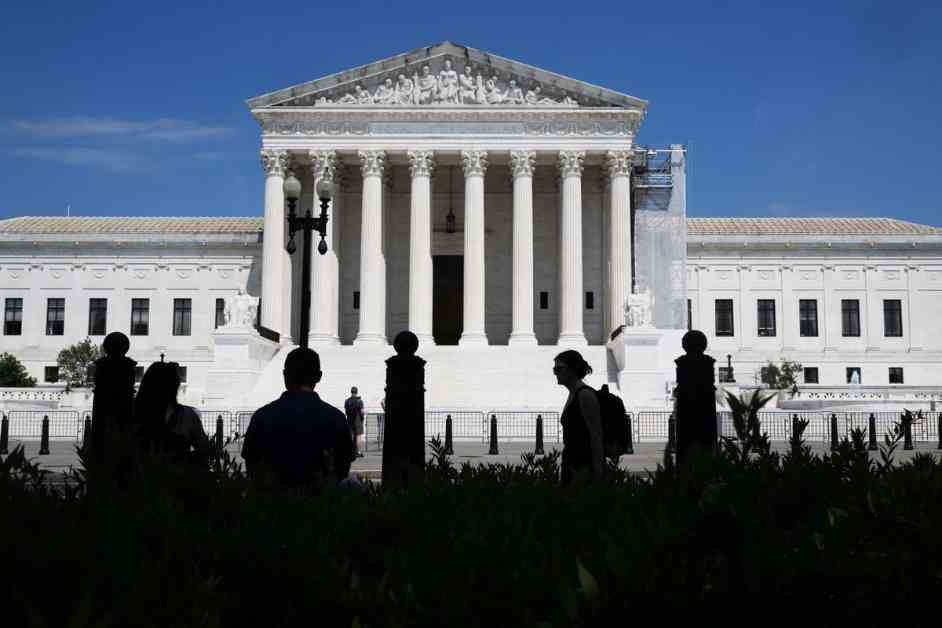The recent Supreme Court decision to limit agency deference has significant implications for the Biden administration’s efforts to promote low-carbon energy and combat climate change. This ruling overturns the long-standing Chevron doctrine, which directed courts to defer to agencies’ interpretations of ambiguous laws if they were deemed reasonable. Now, courts will have more authority in interpreting rules related to environmental regulations, energy policies, and climate initiatives.
This decision is expected to lead to an increase in regulatory litigation, challenging existing regulations and ongoing rulemakings. It could also impact the administration’s ability to defend initiatives aimed at reducing greenhouse gas emissions, promoting clean energy, and addressing climate risks. The ruling may also complicate efforts to regulate climate-warming pollution from vehicles and enhance disclosure requirements for climate-related risks in public companies.
Industry experts anticipate a wave of legal challenges to Biden-era climate initiatives, such as the EPA’s power plant emission rules and FERC’s transmission orders. The decision may also affect regulations that rely on outdated laws like the Clean Air Act, creating ambiguity in interpretations and leaving room for judicial intervention.
Additionally, the ruling could empower Republicans who oppose the administration’s climate policies, providing grounds to challenge regulations developed under Biden’s climate agenda. The decision has been met with criticism from Vice President Kamala Harris and concerns about its impact on federal agencies’ ability to address pressing environmental issues.
Moving forward, federal agencies will need to navigate a more constrained regulatory environment, where judicial scrutiny may limit their flexibility in responding to evolving challenges like climate change and technological advancements. While the ruling signals a shift in the balance of power between agencies and courts, it remains to be seen how it will shape the future of environmental and energy policy in the United States. Agencies will likely proceed with caution in crafting new regulations to avoid potential legal challenges and ensure compliance with the court’s decision.



